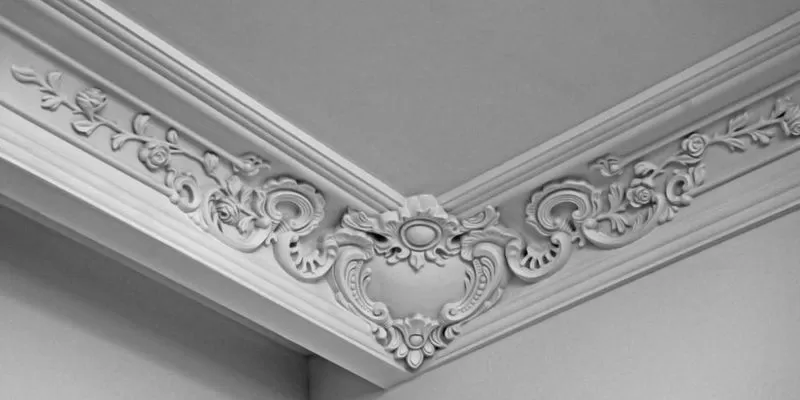
Compare Alabaster and gypsum
Alabaster and gypsum — these concepts are often confused, which can lead to incorrect use of gypsum materials, as they have different properties from each other and are used for different purposes. Our building experts understand the terminology and features of these materials to provide clarity and help you choose the right one for your specific purpose.
What is gypsum

Initially, it is a natural mineral rock of sedimentary origin (calcium sulfate, water). After the extraction of natural gypsum stone, it is processed in a certain way — it is separated from clay, limestone, sand and other impurities, ground into a fine powder and thus a bulk material is obtained, which is used in many areas:
-
in construction and repair;
-
in medicine as a material for fixing limbs after fractures;
-
in dentistry — to obtain casts;
-
in cosmetology — as a component of anti-aging masks;
-
in agriculture — as a fertilizer to normalize soil acidity;
-
in the chemical industry — for the production of sulfuric acid, the production of paints and varnishes;
-
in industry — to obtain forms of complex products;
-
sculptural — used for the manufacture of sculptural compositions.
Building plaster
In the field of construction and repair, gypsum is used, which is obtained by firing natural gypsum stone in special ovens or by autoclaving with hot steam under pressure. At the same time, the technologies for manufacturing this material by firing differ in the order of grinding and firing, that is, natural stone can first be ground and then fired, on the contrary, fired first and then grinded, or combine these two operations. As a result, several types of material are obtained:
-
actually building;
-
high strength;
-
gypsum anhydrite binder.
Construction is produced by grinding and firing at a temperature of not more than 200 ° C. At the same time, using different technologies, materials are obtained that differ in strength and are marked for 24 grades according to this indicator: from G-2 to grade G-25. This material is also divided into three types according to the setting speed of the solution:
-
fast-hardening — with a setting speed of the solution from 2 to 15 minutes;
-
normally hardening — with a setting speed within 6-30 minutes;
-
slow-hardening — with a setting speed of at least 20 minutes.
Depending on the brand in terms of strength and setting speed, the material is used for different purposes: for finishing, plastering, grouting, manufacturing architectural interior details, various piece building products. At the same time, we mention that alabaster is just one of the types of building gypsum.
Bringing clarity to terminology
Gypsum — it is a natural mineral, which, after being purified from impurities and milled, is used in many areas, including as a raw material for the production of building gypsum.
Building plaster — a material made from natural gypsum stone by special processing, after which many types are obtained used in construction and repair.
Alabaster is one of the types of building gypsumcharacterized by a short setting time and used mainly for finishing work and creating architectural interior details.
High-strength gypsum
It is obtained by processing natural raw materials with hot steam at a temperature of up to 120 ° C under pressure, while obtaining a material whose products can have a compressive strength grade from M100 to M500 (kg / cm2). This type of gypsum material has the following uses:
-
for the manufacture of structural products: wall blocks, partition panels, decorative panels, heat and sound absorbing plates;
-
obtaining molds for castings of various products in the industry — porcelain-faience, machine-building, foundry, automotive and others;
-
in medicine — dentistry and orthopedics.
Gypsum anhydrite binder
Gypsum anhydrite binder or anhydrite cement is obtained by firing natural stone at a high temperature — up to 700 ° C and subsequent grinding. Anhydrite cement can have a strength grade from M50 to M200. Used for the following purposes:
-
for the preparation of finishing and masonry mortars;
-
production of heat-insulating panels;
-
production of artificial marble;
-
for mosaic floors.
Building plaster products
They produce a variety of products used in the construction of buildings and repairs:
-
partition gypsum concrete panels and slabs;
-
panels for the device of the subfloor;
-
drywall sheets;
-
decorative facing plates;
-
gypsum fiber products manufactured by extrusion;
-
acoustic gypsum boards.
Добавить комментарий
Для отправки комментария вам необходимо авторизоваться.